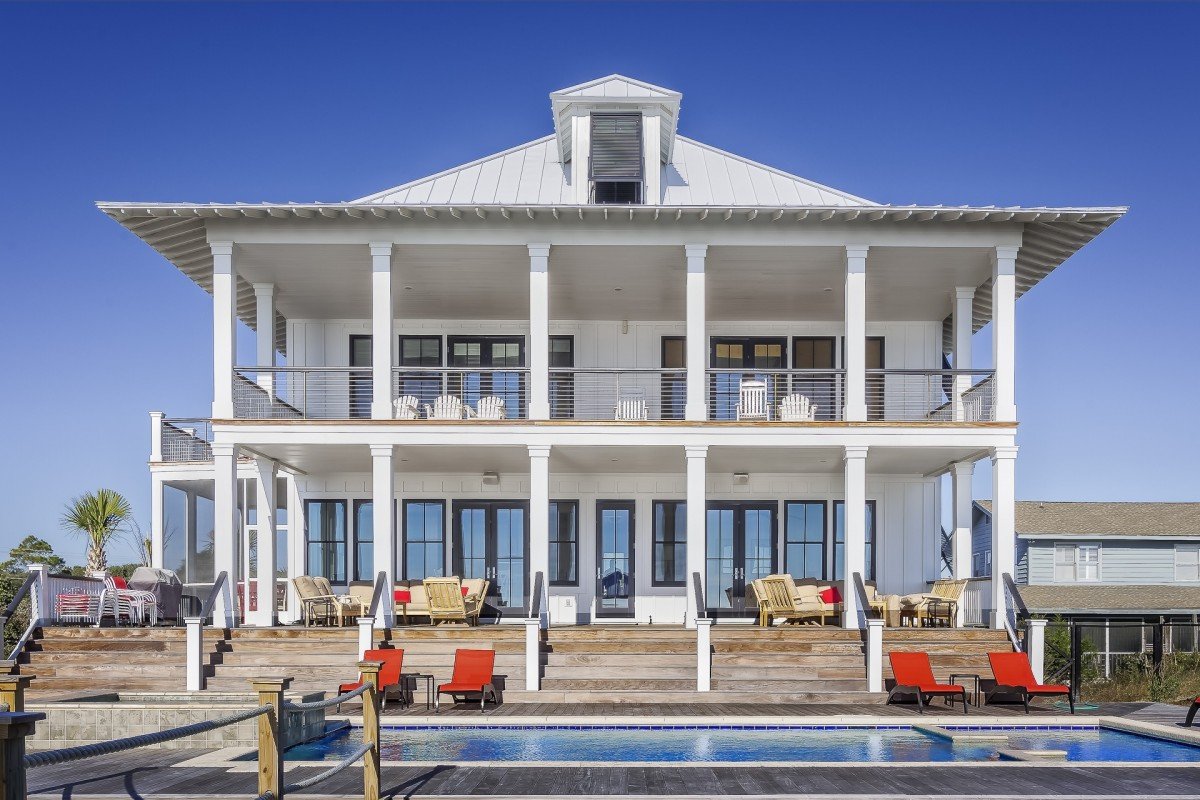Color Psychological Aspects in Home Styling Crafting Your Perfect Color Scheme
Color plays a significant role in interior design, influencing not just the beauty of a area but also the feelings that it evokes. When we reflect about the perfect palette for our living spaces, we often find ourselves attracted to specific shades that resonate deeply with our personal taste and mood. Whether you are a lover of the minimalist approach found in wabi-sabi design or favor the enduring charm of mid-century design, understanding the effects of color can help you create an space that feels just right.
Imagine stepping into a living room furnished with a cozy Togo seating, next to an inviting sheepskin chair, all set around a stunning oak table. The combination of colors and materials in this environment can transform a home into a warm and friendly space. By carefully selecting your color scheme, you can enhance cohesion and equilibrium, making your space not only visually pleasing but also a true embodiment of your identity. Let’s investigate how to tap into the influence of tone to create the home decor of your visions.
Comprehending Shade Theory
Color theory takes a key part in home decor, influencing feelings and actions in different spaces. Various hues elicit specific emotions; for example, heated colors like crimson and amber can create a warm and energetic environment, while colder tones such as cobalt and greens are frequently calming and comforting. Understanding these effects can guide homeowners in choosing a hue palette that improves their home and represents their individuality.
In wabi-sabi decor, which embraces flaws and natural beauty, earthy tones and soft colors are commonly favored. These hues encourage tranquility and mindfulness, promoting a stronger connection with nature and the present moment. Incorporating elements such as an oak dining table or a faux fur armchair in these tones helps to create a cohesive balance that resonates with the principles of wabi-sabi, stressing minimalism and genuineness.
Mid-century furniture, with its sleek forms and practical style, can also gain from a carefully chosen hue palette. Opting for vibrant highlights, like a bold Togo sofa, paired with gentler colors can generate a dynamic yet harmonious look. This method enables the whimsical integration of hue, causing spaces feel both welcoming and stylish, while still respecting the essential aspects of effective style.
Integrating Wabi-Sabi in Residential Decor
The wabi-sabi philosophy is a Japanese aesthetic that celebrates the beauty found in flaws and the natural cycle of growth and deterioration. This aesthetic can be seamlessly integrated into home design by concentrating on natural materials and the character they convey. For instance, using a rustic oak dining table allows for a warm, inviting atmosphere while showcasing the unique grains and textures of the wood. This approach promotes a bond to the natural world and fosters a sense of tranquility.
Another key aspect of wabi-sabi is the incorporation of handcrafted items that showcase their uniqueness. Selecting a sheep’s wool armchair not only introduces a touch of coziness but also reflects an appreciation for artistry and the authenticity of organic substances. The soft, irregular feel of the sheepskin invites ease and offers a cozy contrast to more rigid pieces, like a mid-century modern sofa.
To truly adopt this aesthetic, it’s crucial to cultivate spaces that allow for moments of pause and thought. Think about using a Togo-style sofa, renowned for its unique, relaxed elegance, to create a comfortable seating area. Surrounding this focal point with carefully curated decor that honors the passage of time, such as vintage art pieces or subtly aged accessories, will elevate the overall aesthetic. This design philosophy encourages a harmony between aesthetics and nature, creating a living space that feels both anchored and serene.
Determining the Right Furnishings for Your Palette
Deciding on the perfect furnishings is important in elevating the overall color scheme of your living space. To develop a harmonious space, think about how every item, from a wabi-sabi decor accent to a Togo sofa, complements your selected colors. The soft lines and appealing textures of the Togo sofa can serve as a centerpiece, especially in subdued tones that harmonize with nature. Oak dining table of furniture allows for a blending of colors that fosters serenity and comfort.
Incorporating a combination of mid-century modern furniture can bring a unique touch while still blending well with your color palette. Pieces such as an oak dining table can provide a warm, earthy foundation, highlighting the rich undertones of your walls and accessories. Balance is key, and selecting pieces with diverse textures, such as a sheepskin armchair, can generate visual appeal without cluttering the space. This combination enhances the atmosphere, inviting a harmonious flow throughout the space.
Finally, think about how your furnishings correspond with light and space. Lighter colors can make a space feel more open, while darker tones can provide depth and intimacy. Using furnishings in your palette with varying shades can help to create depth that enhance your design. By deliberately selecting pieces that resonate with your color choices, including textured accents and enduring designs, you will create a home that represents your unique style while remaining inviting and cohesive.

